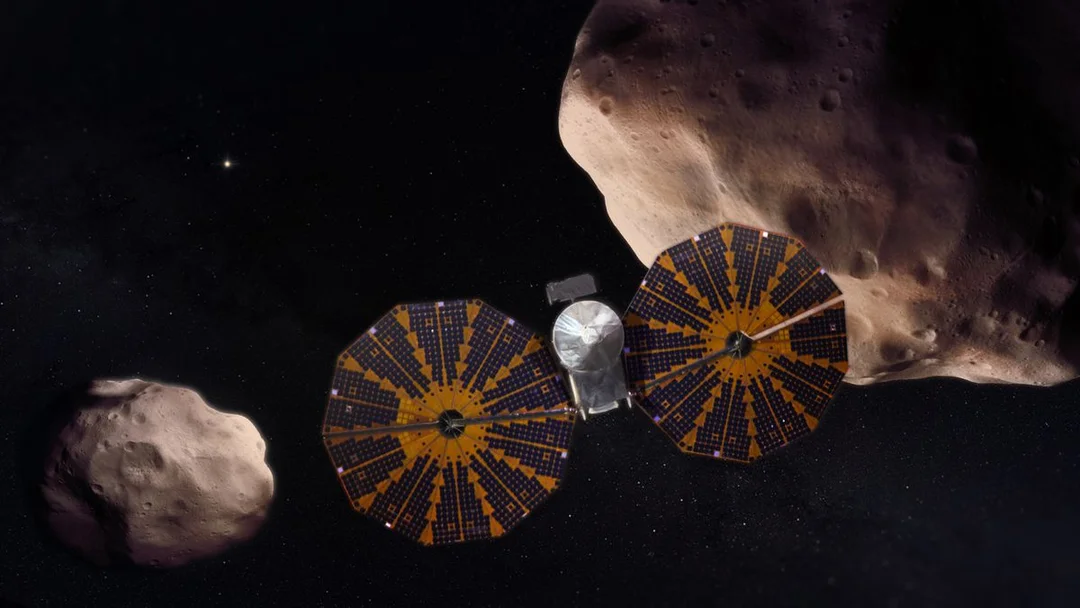
NASA’s Lucy Spacecraft Uncovers a ‘Golden Age’ of Asteroid Discoveries with Donaldjohanson Flyby
The NASA Lucy spacecraft is revolutionizing our understanding of the solar system, according to scientists who are celebrating recent flyby data. The spacecraft's close encounter with the asteroid Donaldjohanson has revealed unexpected details about its composition and structure, marking what experts are calling a "Golden Age of asteroid exploration."

The Lucy mission, led by the Southwest Research Institute (SwRI), aims to study the diversity of asteroids, which are considered “fossils” of the early solar system. As Hal Levison, principal investigator of the Lucy mission, explained, "These small body populations are really key to figuring that out... Each one of these things is a little experiment." The goal is to piece together how planets accumulated, much like assembling fossil bits on Earth.
The Donaldjohanson encounter, which occurred recently, revealed that the asteroid is a contact binary, resembling two ice cream cones stuck together. Simone Marchi, Lucy deputy principal investigator, noted that the object, measuring 8 kilometers by 2.5 kilometers, is likely the result of a slow collision. "There are different scenarios to think about... and we have good data sets. The speed had to be very slow," she stated.
This discovery is particularly significant as asteroid Donaldjohanson is named after paleoanthropologist Donald Johanson, co-discoverer of the Lucy hominid fossil. This marks a unique moment, as NASA visited a planetary body named after a living person for the first time.
According to Thomas Statler, Lucy program scientist, the mission is transforming “dots in the sky to up-close observation.” Katie Hegedus from Lockheed Martin highlighted the crucial role of the spacecraft's large solar arrays in powering the mission so far from the Sun. The spacecraft is also equipped with a plaque containing messages to future generations, including thoughts from The Beatles.

While the shape of Donaldjohanson surprised the scientists who analyzed the photos, it became clear that this space rock has been through a number of collisions over its lifetime. Analysts estimate that the collisions likely happened around 150 million years ago. After its second flyby, NASA made history and is ready for its next destination: the asteroid Eurybates and its small satellite Queta. The encounter is planned for August 2027.
Looking ahead, Levison anticipates an extended mission for Lucy after its encounter with the Trojan asteroids Patroclus and Meneotius in March 2033. "My expectation is that somebody will make use of the spacecraft," he said.
The Lucy mission's success hinges on continuous, careful spacecraft maneuvering and data analysis. As Lucy journeys through the main asteroid belt before reaching its primary target, every new discovery promises to refine our understanding of the cosmos.
The findings of the Lucy mission have proven to be innovative, and unexpected, as Hal Levison stated: "As we study the complex structures in detail, they will reveal important information about the building blocks and collisional processes that formed the planets in our Solar System.” The spacecraft captured high-definition images that displayed a structure that extends five miles and has defined craters.
What other secrets will Lucy uncover among the Trojan asteroids? Share your thoughts and predictions in the comments below!